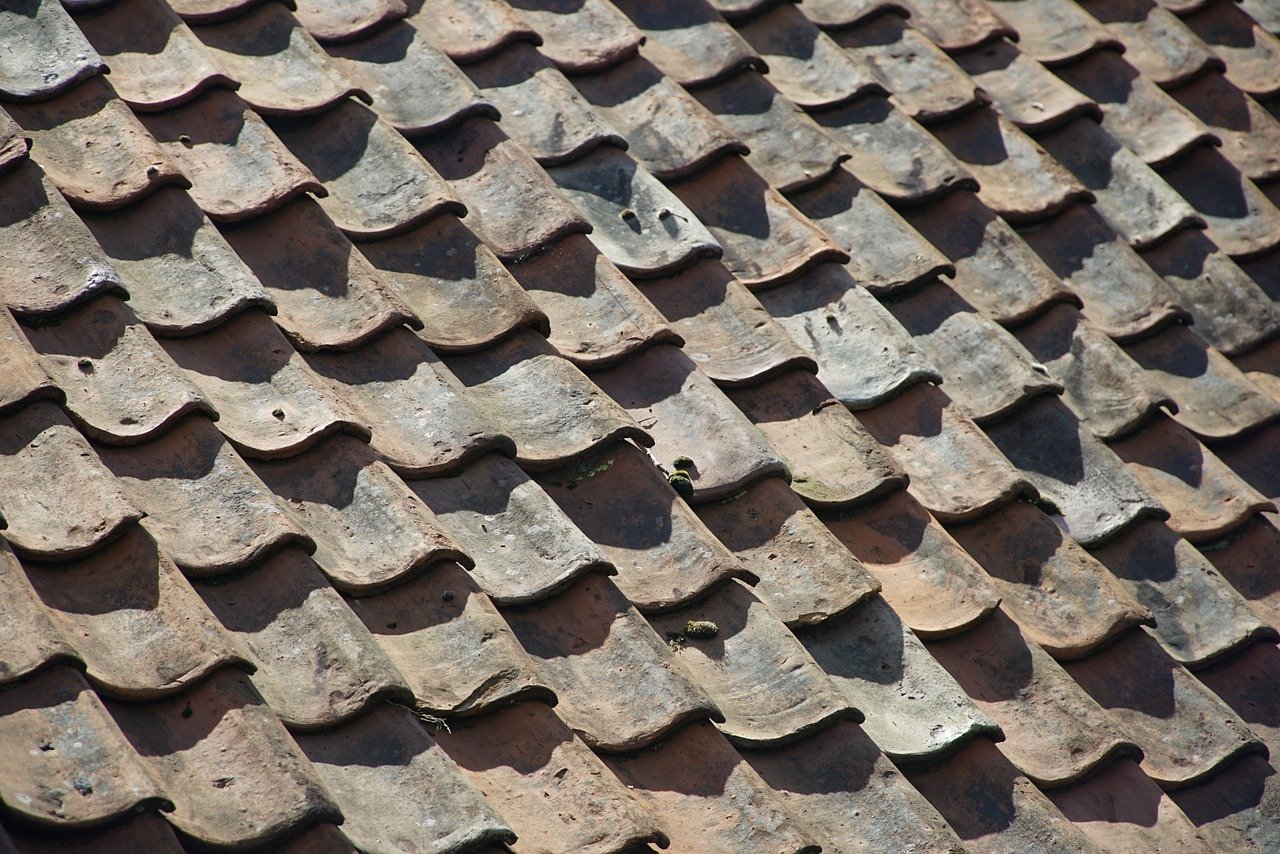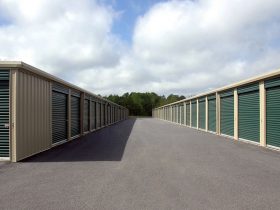A commercial roof is the unsung hero of your building, silently protecting your inventory, equipment, and employees from the elements. Unlike a residential roof, a commercial roof is a complex system designed to withstand harsh weather conditions and endure for decades. When it comes time to replace your commercial roof, proper preparation is paramount to ensuring a smooth installation, maximizing the lifespan of your new roof, and safeguarding your investment.
Taking Stock: The Comprehensive Roof Assessment
The first step to preparing for a commercial roof installation is a thorough assessment of your existing roof. This meticulous examination, ideally conducted by a qualified Vancouver commercial roofing contractor, should uncover any underlying issues that could affect the installation process or the performance of the new roof. Here’s what a comprehensive assessment typically entails:
-
Close-up Inspection
Imagine your roofing contractor as a detective on a mission, meticulously examining the entire roof surface. They’ll inspect flashings around penetrations like pipes, vents, and skylights for signs of wear and tear, pooling water, curling or cracked membranes, and evidence of previous repairs. Think of it as a rooftop CSI—minus the dramatic music and crime scene tape.
-
Roof Drainage Evaluation
A properly functioning drainage system is crucial for a healthy roof. The inspector will assess the condition of eavestroughs, downspouts, and drains, ensuring they are free of debris and capable of handling the expected water volume. After all, you don’t want your roof turning into a rooftop swimming pool—unless you’re running a very unconventional water park.
-
Structural Integrity Assessment
The structural integrity of the underlying roof deck is vital. The inspector will check for signs of sagging, water damage, or rot that could compromise the new roof. It’s like making sure the foundation of your house isn’t built on jelly—solid is the goal here.
-
Existing Roof Material Analysis
Understanding the existing roof material is important. The inspector will identify the type of roofing membrane (e.g., modified bitumen, TPO, metal) and its approximate age to determine if there are any specific removal or disposal considerations. Consider this the roofing equivalent of knowing whether you’re dealing with a worn-out leather jacket or a trusty old denim one.
Navigating the Red Tape: Permits and Documentation
Before the installation process can begin, securing the necessary permits from your local building department is crucial. The specific permit requirements can vary depending on your location and the scope of the project. Your chosen roofing contractor should be well-versed in the local permitting process and can guide you through the application process.
In addition to permits, other important documentation may be required. This could include:
- Roof plans and specifications: These detailed documents outline the chosen roofing system, materials, and installation procedures.
- Manufacturer’s warranties: Most commercial roofing materials come with warranties. Ensure you have a copy of the warranty and understand its terms and conditions.
- Contractor’s liability insurance: Verify that the roofing contractor carries adequate general liability and worker’s compensation insurance to protect yourself and your property.
Setting the Stage: Prepping the Rooftop for Action
Once the permits and documentation are in order, it’s time to prepare the roof for installation. This involves creating a safe and efficient work environment for the roofing crew. Here are some key considerations:
1. Debris Removal
The roof must be completely cleared of any debris, including equipment, furniture, and unused materials. This ensures a clean work surface and minimizes the risk of accidents or damage to the new roof. Think of it as a spring cleaning session, but 20 feet up in the air.
2. Roof Access and Safety
Provide safe access to the roof for the roofing crew. This may involve installing temporary scaffolding or ensuring existing roof hatches are functional. It’s imperative to discuss fall protection measures with the roofing contractor to comply with safety regulations and prevent accidents.
3. Scheduling and Communication
Coordinate with the roofing contractor to establish a clear work schedule that minimizes disruption to your business operations. Maintain open communication channels to address any questions or concerns that may arise during the project.
The Installation Process: What to Expect
The commercial roof installation process typically involves several distinct stages:
-
Tear-off or Recovery Board Installation (if applicable)
Depending on the condition of your existing roof and the chosen new system, the existing roof may need to be completely removed (tear-off). Alternatively, a recovery board system may be installed directly over the existing roof in certain situations. Picture this as the roofing equivalent of a makeover—sometimes you need a fresh start, other times a touch-up will do.
-
Underlayment Installation
A high-quality underlayment acts as a secondary barrier against water infiltration and improves the overall weatherproofing performance of the roof.
-
Roof Membrane Installation
The qualified roofing crew will meticulously install the chosen roofing membrane according to the manufacturer’s specifications. This may involve heat welding seams for certain materials or mechanically fastening the membrane to the roof deck.
-
Flashing and Coping Installation
Metal flashing is installed around penetrations like pipes, vents, and skylights to create a watertight seal. Coping caps are installed along the edges of the roof to protect the exposed membrane from wind uplift and weathering.
Quality Assurance: Inspecting the Finished Product
Once the installation is complete, a thorough inspection by a qualified professional is essential. This inspection verifies that the roof has been installed according to the plans and specifications and meets all industry standards. The inspection should include:
- Membrane Seams: A close examination of all seams to ensure proper adhesion or watertight seals.
- Flashing and Copings: Verification that flashing is installed correctly around all penetrations and coping caps are secure.
- Drainage System: Ensuring gutters, downspouts, and drains are functioning properly and free of debris.
Summary
Remember, a proactive maintenance plan is the key to maximizing the lifespan and performance of your commercial roof. With proper preparation, installation, and maintenance, your new roof will provide years of worry-free protection for your building and its occupants. So, don’t wait until leaks or structural issues arise—take charge today and start planning for a successful commercial roof installation. Your roof, after all, deserves as much care and attention as the rest of your business. And remember, a well-prepared roof isn’t just a roof—it’s peace of mind with a view.







Leave a Reply